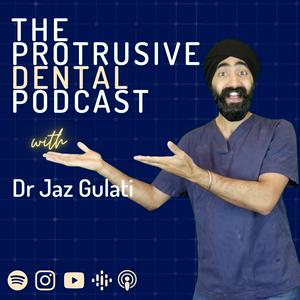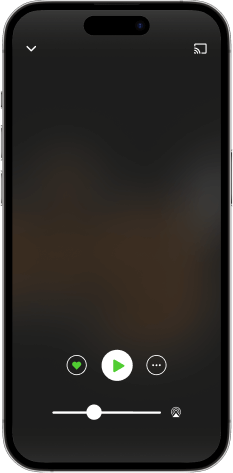Medical Emergencies Part 1 – CORE CPD for Dentists – PDP241
HIGHLY RECOMMENDED CPD for all Dental professionals - without getting bored!
Do you know exactly what to do if a patient faints in your chair?
Could you spot the early signs of anaphylaxis—before it’s too late?
How quickly could you find and deliver adrenaline if it really mattered?
https://youtu.be/7b2oG4g12q0
Watch PDP241 on Youtube
After six years of podcasting and creating CPD, we’re finally tackling medical emergencies the Protrusive way. In this two-part series, Jaz is joined by lead nurse and medical emergencies educator Rachel King Harris, who breaks down the real-life scenarios every dental team needs to prepare for—without the fluff or generic lecture feel.
From vasovagal syncope to adrenaline protocols, you’ll learn how to stay calm, think clearly, and take action when it matters most. By the end of this episode (and the next), you’ll not only tick the box for your GDC-required CPD—you’ll actually feel ready.
Because when emergencies happen in the chair, panic isn’t a plan. Let’s get you prepared.
Protrusive Dental Pearl: Be emergency-ready! Download a free medical emergencies cheat sheet — a quick guide for symptoms, drugs, and actions during a crisis. You can download this ready-made cheat sheet for free at protrusive.co.uk/me. Print it, laminate it, and pop it into your medical kit. Your whole team will thank you!
Key Takeaways:
Medical emergencies in dentistry are rare but high-stakes — being prepared is essential.
Guidelines change often — regular refreshers are vital.
You don’t need to memorise everything — use validated resources and calm judgment.
Vasovagal Syncope is the most common emergency in dental settings.
If unconsciousness persists → consider other causes: meds, blood sugar, cardiac issues.
Anaphylaxis can occur even without rash — don’t wait for it.
Key signs: stridor, lip/tongue swelling, wheeze, “impending doom,” difficulty breathing.
Keep emergency drug guides visible and updated (e.g., BDA laminated sheets).
Ampules = longer shelf life, more doses than EpiPens, and more cost-effective.
Don’t wait for the rash — airway signs matter most in anaphylaxis.
Always carry two adrenaline auto-injectors — even for mild allergy patients.
Highlights of this episode:
00:00 TEASER
00:53 INTRO
04:50 Protrusive Dental Pearl
06:01 Meet Rachel King Harris: Expert in Medical emergencies
09:42 Practical Tips for Emergencies
12:05 Understanding Vasavagal Syncope
17:01 GTN Spray
20:09 Recognizing and managing Anaphylaxis
30:05 Midroll
33:26 Recognizing and managing Anaphylaxis
34:41 Allergic Reaction to Chlorhexidine Gel
37:27 What’s Inside Emergency Bag?
41:51 Adrenaline Ampules vs Auto-Injectors
52:04 Oxygen Administration In Dental Practices
57:13 Oxygen and Emergency tools
59:05 Oxygen Contraindication
1:06:37 Outro
Stay up to date by reviewing the latest guidelines from the Resuscitation Council UK.
Check out this Anaphylaxis Summary Document
Enjoyed this one? Make sure to check out PDP159 – How to Manage Children in Dental Pain, where we dive into real-life paediatric emergencies in dentistry.
This episode is eligible for 1 CE credit via the quiz on Protrusive Guidance.
This episode meets GDC Outcomes C and D.
AGD Subject Code: 142 Medical emergency training and CPR
Aim:To improve the preparedness and confidence of dental professionals in recognising and managing common medical emergencies in the dental setting, with an emphasis on vasovagal syncope, anaphylaxis, and appropriate use of emergency medications and equipment.
Dentists will be able to -
Identify early signs and symptoms of vasovagal syncope and anaphylaxis in a dental setting.
Apply appropriate first-aid management protocols, including patient positioning, airway support, and oxygen delivery.
Understand the updated guidelines for prioritising adrenaline over antihistamines or steroids in ana...


